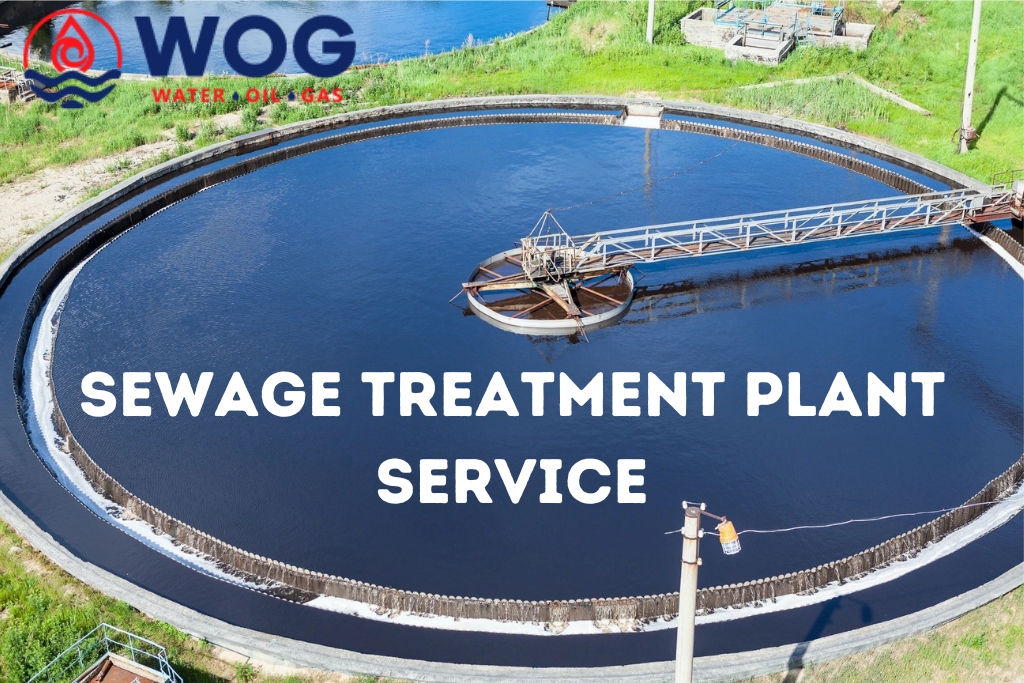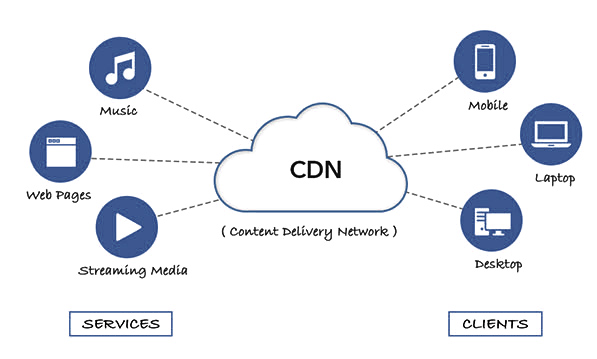Greetings from the efficient world of sewage treatment plant services.
We’ll look at several strategies in this post to help you run your sewage treatment plant more profitably and efficiently while maintaining peak performance.
To preserve environmental sustainability and public health, sewage treatment plants are essential. These facilities could, however, end up becoming a resource drain in the absence of effective administration and operation.
Sewage treatment plant services can help with that. You may increase overall efficiency, decrease downtime, and streamline operations by utilizing the knowledge of professionals in the field. These services provide a range of options catered to your particular needs, from regular maintenance and repairs to incorporating cutting-edge technologies.
It is crucial to select a service provider in this highly specialized industry who has a track record of success and a thorough understanding of the difficulties faced by sewage treatment plants.
Their background and expertise will guarantee adherence to rules, reduce the impact on the environment, and maximize resource use.
Objective: Sewage Treatment Plant Treatment
A sewage treatment plant, sometimes referred to as an effluent treatment plant or wastewater treatment plant, is a facility made to handle and process sewage that comes from commercial, industrial, and residential sources. Sewage treatment plants are primarily used to filter impurities, pollutants, and hazardous materials out of wastewater before releasing it back into the environment or repurposing it for other uses.
Many of the nation’s manufacturing facilities require a lot of water. Water is a naturally occurring resource that is freely available, but it is only used as a byproduct of industrial chemical operations. It purges the water of all harmful substances and recycles them in several ways. Chemical, biological, combined chemical biological, and thermal treatment processes are used in the various wastewater treatment facilities. This technique is used to clean industrial wastewater to purify it.
Why do we need sewage treatment plant services?
Here are the key reasons why we need sewage treatment plant services:
Environmental Protection:
By avoiding the discharge of untreated or insufficiently treated wastewater into bodies of water like rivers, lakes, and seas, sewage treatment plants are essential to the preservation of the environment. Untreated sewage may contain diseases, chemicals, pollutants, and nutrients that are toxic to aquatic life, disturb ecosystems, quality of water purifier system and lower water quality.
Water Resource Conservation:
Reclamation and reuse of cleaned wastewater are made possible by sewage treatment plants. Lowering the need for freshwater supplies for non-potable uses including irrigation, industrial operations, and groundwater recharge, encourages the conservation of water resources. Reusing wastewater guarantees the sustainable use of water resources and helps mitigate the problems associated with water scarcity.
Public Health:
Ensuring the public’s health requires proper sewage treatment. Bacteria, viruses, parasites, and other pathogens that cause disease can be found in wastewater. These pollutants can contaminate the water filteration system and constitute a risk to human health if they are released into the environment untreated. This could result in epidemics of waterborne illnesses.
Odour and Aesthetic Control:
Sewage treatment aids in reducing the disagreeable smells connected to wastewater. By lowering visible pollutants, floating particles, and discolouration, it also enhances the quality drinking water and water bodies and their surroundings. This reduces annoyance problems and improves the quality of life for neighbouring communities.
Sustainable Development:
By encouraging appropriate water management techniques, sewage treatment plants support sustainable development. By recovering resources like energy, nutrients, and water from wastewater, they lessen pollution, save the environment, and promote a circular economy.
Sewage Treatment Plant Operations
Few Sewage treatment plant services typically go through the following stages.
- Initial Treatment: The sewage water is permitted to travel through screens or grit chambers where larger particles like cloth, paper, wood, and fibre are removed. It protects the pumps and other machinery from damage brought on by floating debris.
- Primary Treatment: The sewage is pumped into a straightforward sedimentation tank at this phase, where the suspended solids are allowed to settle. To get rid of dissolved particles in the sewage, it involves adding coagulants. As a result, the effluent above goes to further treatment plants, while the sediments below settle. 45–50% of the primary treatment effluent is made up using unstable organic materials.
- Biological Treatment: It is used in the secondary stage of treatment to change unstable organic molecules into more stable ones. Eventually, some biological treatment techniques include the activated sludge process, trickling filters under aerobic conditions, septic tanks, Imhoff tanks, and sludge digesting tanks under anaerobic conditions.
- Tertiary Treatment: After secondary treatment, the effluent moves on to tertiary treatment, where it gets chlorine or undergoes UV light, depending on the makeup of the sewage and the state of the effluent.
Various shapes and sizes
Sewage treatment plant services are sophisticated drainage systems that convey sewage from industry to residential areas. It allows wastewater to enter waterways without putting the environment in danger. In sewage treatment plants, air circulation is used to promote the growth of microorganisms that degrade sewage. Sewage treatment plant services, on the other hand, vary in size based on the system’s needs.
Activated Sludge Processing (ASP):
Activated sludge is one of the most widely used waste treatment processes. It will be used in both small and large sewage treatment plants.
Rotataing Disc System(RDS):
Wastewater treatment facilities using a rotating disc system (RDS) This sewage treatment process is dependable and produces high-quality effluent. This will treat the highest quality industrial wastewater.
Sequence Batch Reactors (SBR):
It produces high-quality industrial effluent. It has a primary and secondary treatment chamber, similar to prior ASP systems.
Common challenges in sewage treatment plant operations
Operations of sewage treatment plants encounter several difficulties that affect their efficacy and efficiency in treating wastewater. Several typical obstacles consist of:
High wastewater volumes:
Particularly in densely populated areas, sewage treatment plants frequently have to manage huge amounts of wastewater. The plant’s capacity may be strained by managing and treating these large volumes, which could result in operational problems.
Pollutant removal:
It is essential to make sure that contaminants are effectively removed from wastewater. Nevertheless, distinct treatment procedures are needed for various contaminants, including bacteria, organic waste, and minerals.
Consistency in treatment performance:
To fulfil effluent quality criteria, treatment performance must be maintained consistently. However, a variety of issues might impact treatment efficiency and lead to inconsistent performance, including differences in influent composition, equipment faults, and poor operator training.
Odour control and sludge disposal:
A consequence of wastewater treatment plants is sludge, which needs to be disposed of properly. Sludge disposal can be costly and difficult, requiring the right handling and treatment methods.
Breakdowns and routine maintenance:
A variety of mechanical and electrical components are used in sewage treatment facilities, and these parts need to be repaired periodically as well as maintained regularly.




